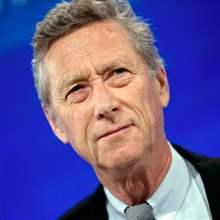

Research
BPEA | Fall 2006

Fall 2006
CHINA HAS ONE of the highest investment rates in the world, over 40 percent
of its GDP in recent years. A natural question to ask is: Does China invest
too much? On the one hand, China is still a low-income economy, with a
capital-labor ratio that is low compared with those of advanced economies,
and thus the potential returns to investment could be high. On the other
hand, as Robert Lucas pointed out,1 other constraints, such as low levels
of human capital, backward technology, and low quality of institutions,
may limit the realization of these potential high returns in China as in
other developing countries. The fact that capital often flows from poor to
rich countries reminds us that the return to capital is not always higher in
poor countries.
What does it mean to say that China invests too much? A natural metric
to use in answering this question is the return to capital. For example,
China’s economic growth rate might have been so high that the return to
capital has fallen little, if at all, despite high investment rates. Put differently,
the investment rate in China might be high precisely because the return to
capital in China is high. The questions to be asked, then, are: Has the return
to capital in China fallen significantly over time? Is it now low relative to
returns in other countries?